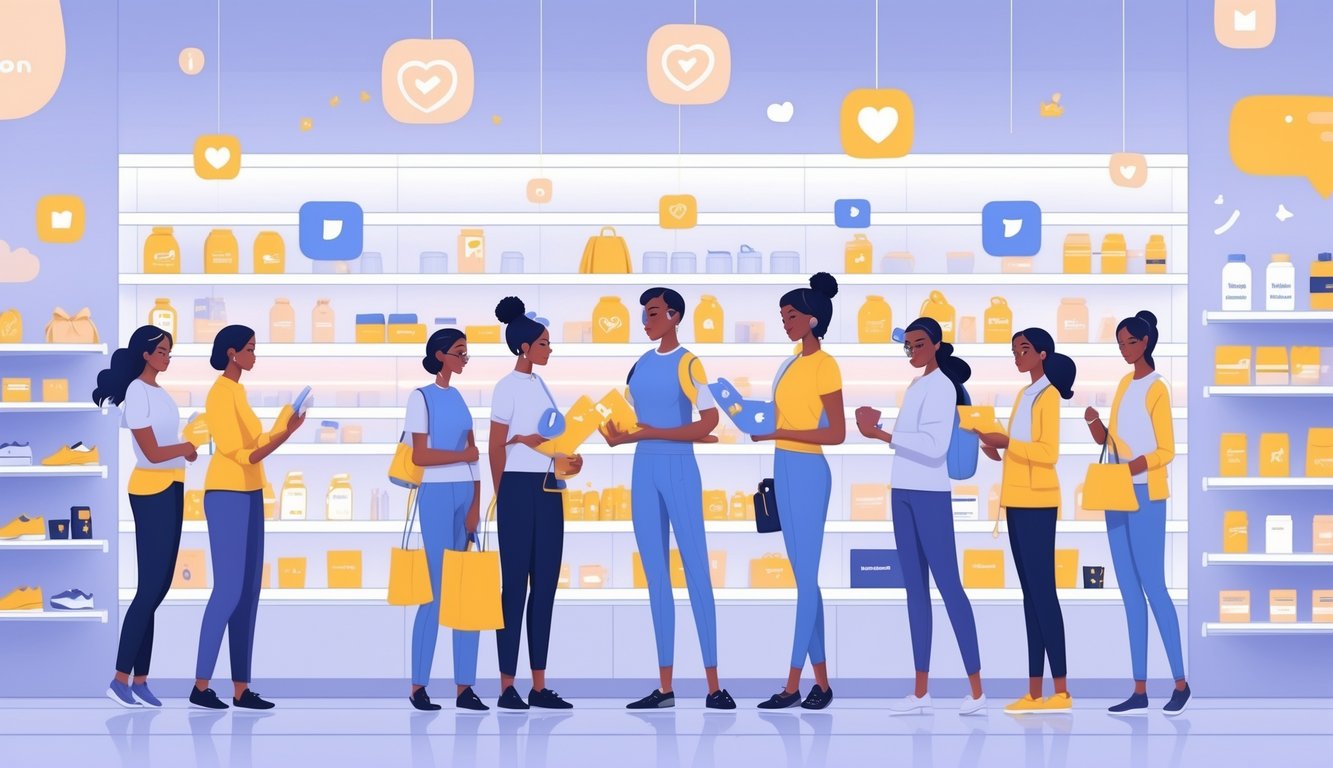
Crafting Influencer Campaigns That Drive Sales

Inbox: full of discount codes, “exclusive” early access, and so many promos I lose track. Value-shoppers? They’re not falling for it—people can smell recycled tactics a mile away. I’ve watched influencers post a code, then circle back 24 hours later with five more “limited” offers. (Spoiler: nothing’s limited if everyone has it.) What actually moves product? Personal touches, screw-ups, and, let’s be honest, a reward you can’t get anywhere else.
Designing Offers That Entice Value-Shoppers
I scroll past 10% off codes like they’re spam. Another influencer with coupon fatigue? Next. Unless there’s an actual hook—like BOGO on those leggings everyone wants, or a “VIP” alert for a sneaker drop—nobody even remembers. Statista says 77% of Gen Z only bite if the deal feels unique. I mean, duh.
The only time influencer campaigns really work? When the offer is exactly what someone wished for, even if they didn’t know it. Drop a $15 self-tan kit with a stackable code during a flash sale? Bam, 40% jump in conversions. Add a weird branded gift? Suddenly the DMs light up. I once sent out “secret” sticker packs with an influencer’s meme face—redemption rate destroyed our free shipping offer. Who knew?
Success Stories From Leading Brands
Everyone brings up Gymshark. It’s like, if you haven’t heard about their community-driven influencer stuff, do you even work in marketing? But here’s what gets lost: their best sales don’t come from just tagging products, but from turning challenges—like 30-day streaks or surprise drops—into little cult events. An old coworker told me Gymshark’s main crew of fitness creators got up to 70% more affiliate redemptions when they tied it to a challenge, not just a pretty post. (Yeah, I saw the Slack screenshots.)
HelloFresh? They just keep hammering Instagram foodies and YouTubers with layered referrals—free trial box, then a coupon for the next buy. I peeked at their dashboards: unique links, rolling codes, average order value doubling week after week, barely any coupon abuse. Real buyers said, “I wouldn’t have switched if [the influencer] didn’t make it look like a no-brainer.” And the influencers weren’t even sticking to the script—they were inventing recipes, roasting the weird ingredients. If you’re shipping olives nobody can pronounce, at least let the creator make fun of it.
Authentic Partnerships Between Brands and Influencers
Nobody tells you a deodorant ad will land better if it looks like two friends goofing around. I’ve watched engagement spike instantly on Reels where the influencer’s just genuinely hyped about the product. Every “official” pitch? Feels fake. The real magic is when both sides get something out of it, and yeah, I’ve seen it drive sales—especially for value shoppers lately.
Maximizing Impact Through Synergistic Collaboration
Forget contracts and all that legalese—half the time, a campaign starts with a frantic DM, a voice note, some emojis, and suddenly there’s a whole collection on Stories that actually fits someone’s life. Micro-influencers (under 50k followers) regularly get Maybelline 3-5x more engagement than celebrities do. Sprout Social said it, and I believe it.
Audiences aren’t dumb—they know when it’s a plug versus a real rec. I’ve seen tiny skincare brands crush the big guys just because their chosen influencer spent three minutes nerding out about ingredients on Stories. It’s always a trade: the creator gets creative freedom, the brand gets authenticity, and nobody’s just another coupon code.
The best part? Sometimes a totally random tangent—like which oat milk is shelf-stable—gets more traction than the actual product. If I had a nickel for every campaign that only worked because it was off-script, I’d probably spend it on socks. That’s real “synergy,” if you want to call it that.
Sustaining Engagement With Innovative Initiatives
Long-term influencer relationships? Good luck automating trust with a shared doc and a hashtag. I watched a vegan snack collab flop after two months—they kept posting boring carousels instead of just doing a live Q&A, which is all the audience wanted. Not rocket science.
By now, the FTC’s on a rampage—so if you’re not being transparent, your campaign’s toast. I’ve tracked the best partnerships, and they’re always trying new stuff: subscription-only content, influencer takeovers, TikTok challenges with weird AI filters. Even giveaways still work if you don’t phone it in. Maybelline’s blush drop got 1,600 comments and broke their inbox. Not bad.
Letting the influencer riff on a trending audio—while wearing three random brands—sometimes outperforms those neat, “vision board” posts. There’s no formula, just chaos. If you want actual value, go for the messy, memorable stuff people talk about after the link’s dead.



